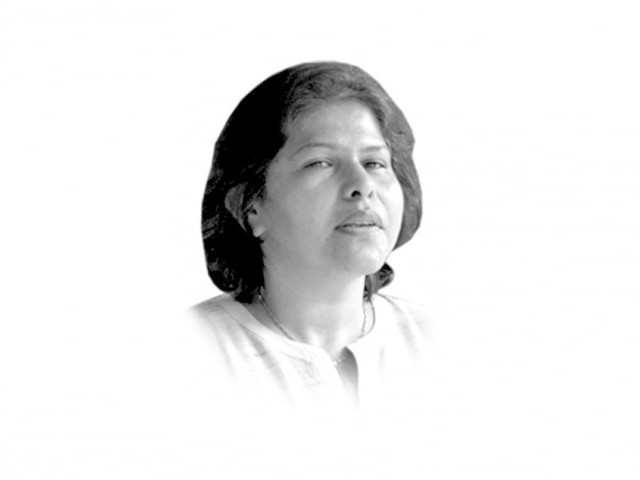State-backed Deobandi and Wahhabi Salafi militants use multiple names to confuse ordinary public – Dr Ayesha Siddiqa
On Sunday, November 2, more then 50 people died in Lahore at the hands of a suicide bomber. The TTP and Jundallah hurriedly claimed responsibility for the heinous act. And we can all now go to sleep peacefully with the conclusion that this might be some Pashtun radical from Waziristan, who has struck a blow in retaliation for the military operation taking place there. All we now have to do is to watch out for people and communities that may look different or have links with the northern part of the country.
Is there really a difference between how the Wagha attack suicide bomber and his handlers operated, and the homicide of the Christian couple in Kot Radha Kishan? In both instances, it is the creation of an ideology that merely uses faith to create a belief system to gain power. More important, the second incident just superimposes the fact that people did not probably come from outside to kill innocent people. They live right amongst us.
Jundallah or the TTP are basically names, which are used to confuse ordinary people and hide the links that militants have with one another and across regions. The names create categories that tend to hide details, such as the fact that be it Jundallah or the TTP, they are both born from the womb of militant groups like the Sipha-e-Sahaba Pakistan and its sister concern, the Lashkar-e-Jhangavi. While the Jundullah busied itself in Balochistan and across the Iranian border, other sister concerns born of the same womb, like the Jaish-e-Muhammad (JeM) remained focused on Kashmir and India. Born with state collusion and al Qaeda money in the early 2000s, the JeM has a base in Punjab and urban Sindh. In the last year or so, it has resurfaced in places like Karachi. Unlike the Jundallah or the Harkat-ul-Mujahideen, whose boss sits close to the capital and was inducted into the Difa-e-Pakistan Council, the JeM’s selling point was never sectarian violence, but hostility towards India.
Then there are other groups like the Lashkar-e-Taiba (LeT), which markets itself on the basis of its desire to free Kashmir and fight India. The LeT/Jamat-ud-Dawah (JuD) network concentrated on building itself as a welfare organisation with no links with terrorism. In fact, people were tweeting about how the JuD’s sub-organisation, the Falah-e-Insaniyat Foundation, was rescuing people after the Lahore blast. One doesn’t doubt these facts that ought to be presented side-by-side with the reality that the LeT/JuD recruits people, not on the basis of welfare work, but its call for jihad. Its billboards, hoardings and graffiti attract and invite the youth towards a certain cause and no other.
The state has played no part whatsoever in questioning or stopping the systematic growth of Deobandi and Salafi jihadi networks in Balochistan or even the rest of the country. Why are we so silent when we see the Salafi LeT/JuD network or the Deobandi SSP/LeJ/JeM network penetrate Balochistan and Sindh and gain ground in these territories?
The de-linking of the state from non-state militants is just one step that may not happen without changing the narrative. A state generally unwilling to exercise control would, in any case, be on a path towards committing collective suicide.
http://tribune.com.pk/story/786313/collective-suicide
http://tribune.com.pk/story/565523/fighting-terrorism/



